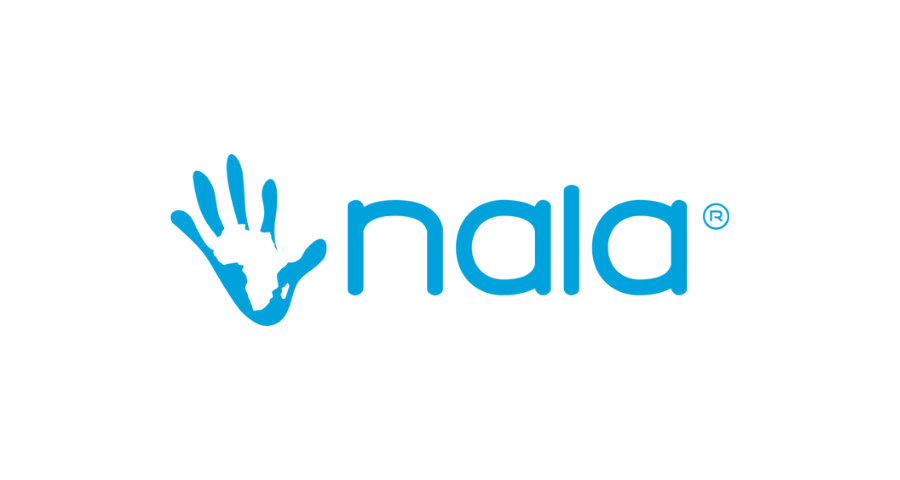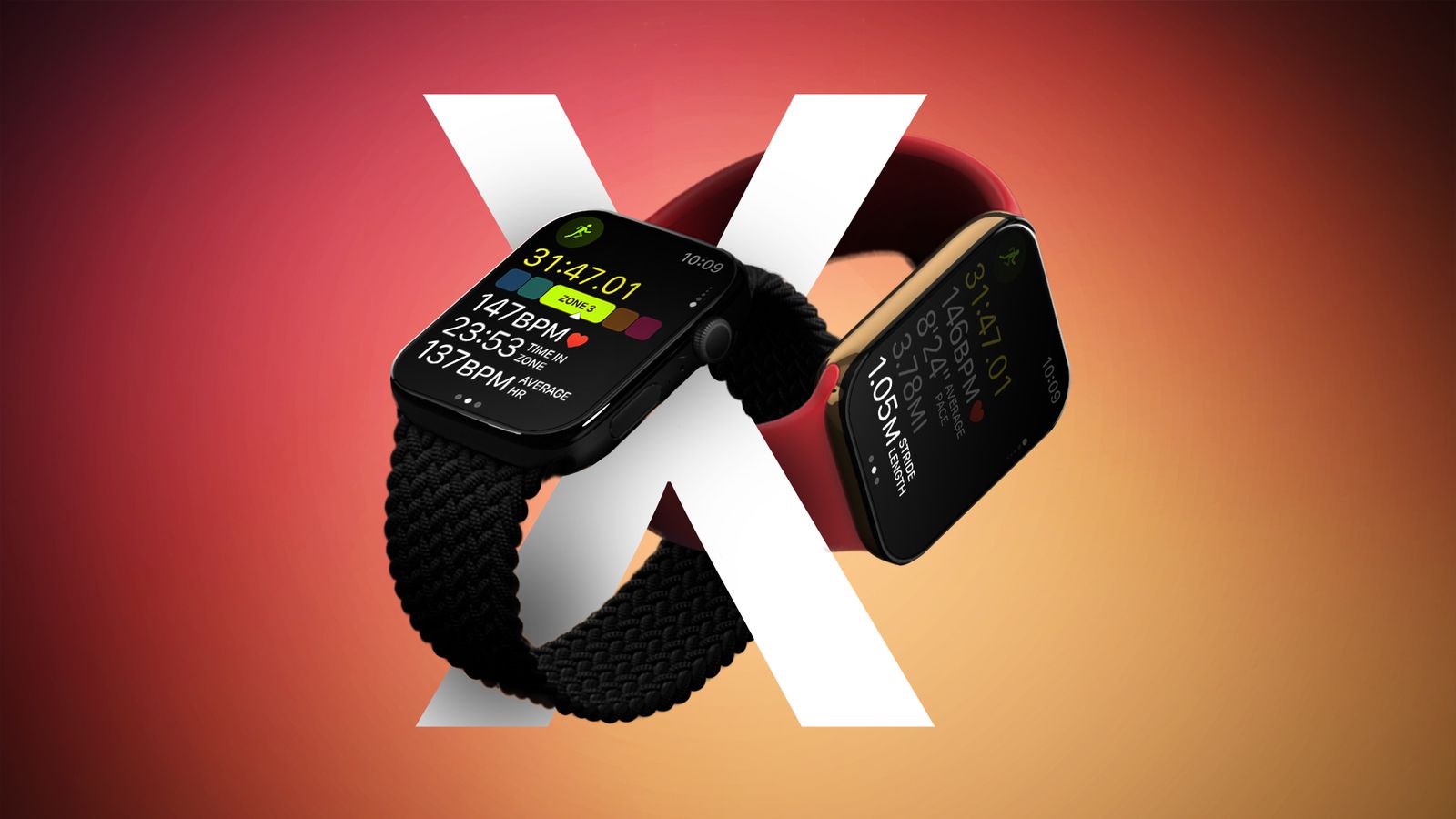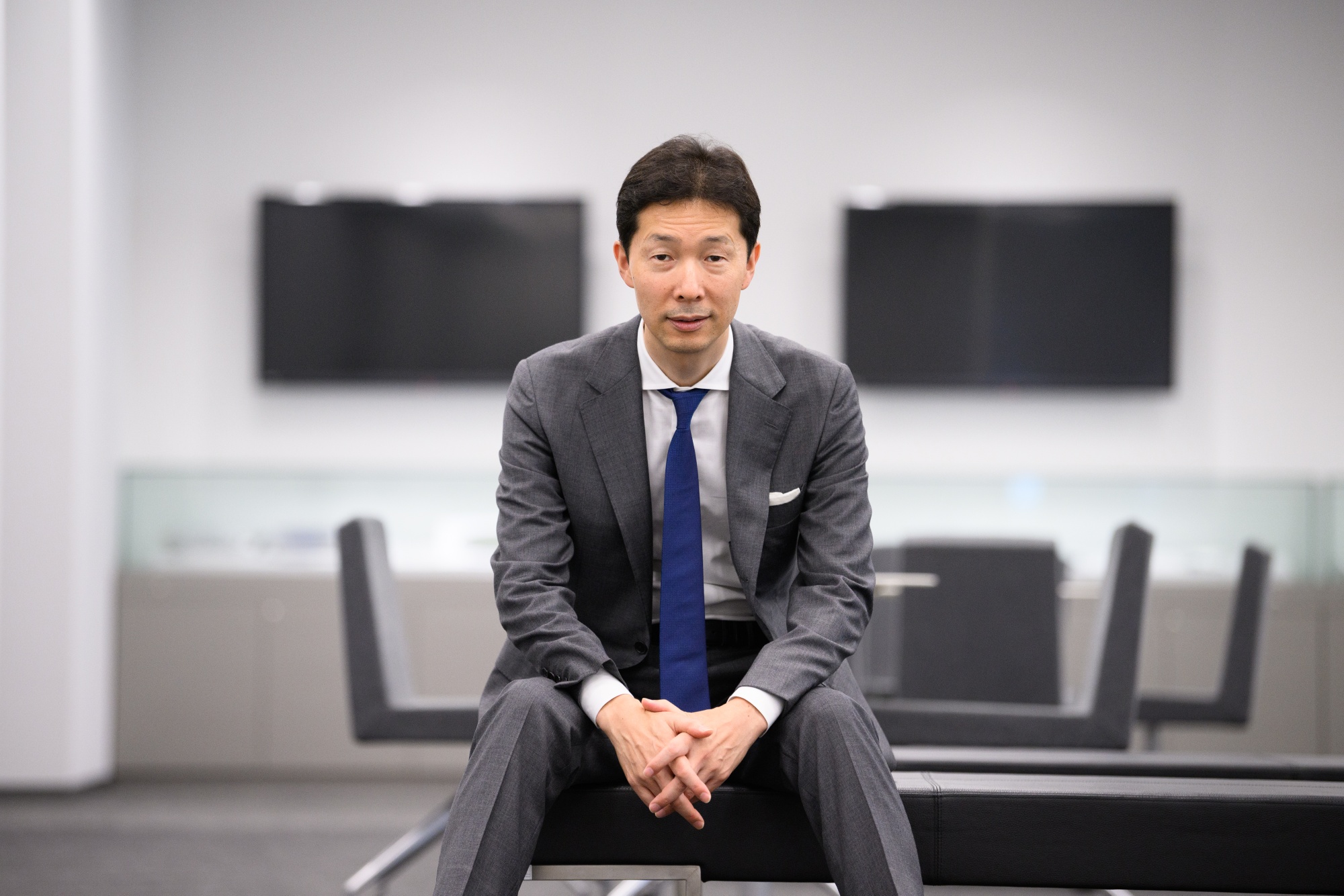NALA Secures $40M to Revolutionize Payments Across Africa and Beyond
UK-based fintech company NALA has successfully secured $40 million in Series A funding to further its mission of enhancing payment systems across Africa and extending its global reach. This recent round of investment brings NALA’s total funding to over $50 million, following a $10 million raise in 2022. The company’s vision is clear: to construct robust payment rails that facilitate seamless financial transactions into the African continent, thereby supporting both individual and business needs in an increasingly interconnected world.

Image Source: financialit.net
NALA’s consumer money transfer app stands as a testament to this vision, enabling users in Europe, the UK, and the US to send secure and reliable payments to 11 African countries within seconds. This functionality underscores NALA’s commitment to making day-to-day financial transactions and business operations more efficient and reliable across Africa. Additionally, NALA’s B2B platform, Rafiki, enhances this capability by offering lightning-fast payment solutions to both individuals and businesses on the continent, promoting smoother and quicker financial interactions globally.
Remarkable Growth and Future Ambitions
NALA’s impressive growth over the past year highlights its effective business model and the increasing demand for its services. The company reported a tenfold increase in revenue, achieved profitability, and maintained positive cash flow over the last 12 months. Additionally, the past 20 months have seen a staggering 34-fold increase in transaction volume, reflecting the rising trust and reliance on NALA’s financial solutions. The team has also expanded significantly, growing from just seven members to over 100, and now serves a customer base of 500,000.
The recent $40 million funding round, led by Lauren Kolodny of Acrew Capital, saw participation from existing investors like DST Global and Amplo, alongside new investors including Norrsken22, HOF Capital, and fintech founders such as Ryan King of Chime, Vlad Tenev of Robinhood, and the founder of Klarna. This influx of capital will be instrumental in accelerating NALA’s global ambitions, with a primary focus on expanding its consumer business beyond Africa to cater to the global migrant diaspora.
As NALA continues to build community-powered financial solutions, the company is well-positioned to revolutionize payments in Africa and beyond, fostering greater financial inclusion and accessibility. This latest funding round not only signifies investor confidence in NALA’s vision but also marks a pivotal step towards achieving their goal of constructing the payment infrastructure for the Next Billion.

I am a law graduate from NLU Lucknow. I have a flair for creative writing and hence in my free time work as a freelance content writer.








